Article: The UK's Hidden Textile Waste Problem - International Day of Zero Waste
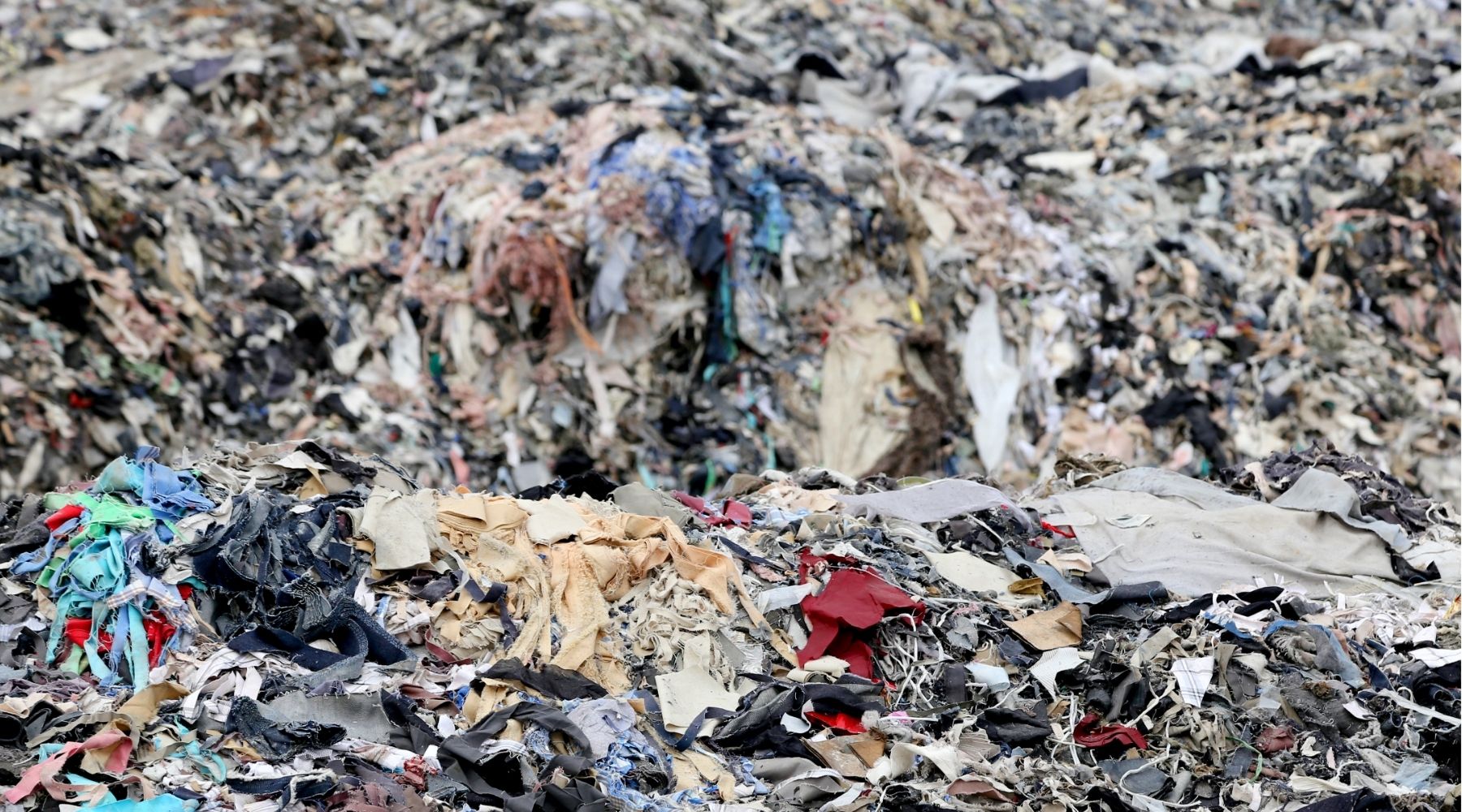
The UK's Hidden Textile Waste Problem - International Day of Zero Waste
On the 30th of March, the United Nations honoured the third annual International Day of Zero Waste, a resolution adopted at the end of 2022. The aim of this resolution was to place a focus on the incredible amounts of waste produced globally and to highlight some of the solutions being worked on worldwide.
This year, the focus of the International Day of Zero Waste was Fashion & Textiles, in an attempt to bring greater attention to the huge waste problem generated by the enormous global fashion and textile industry.

Fashion & Textile Waste
As garment and textile production has increased exponentially over the past 20 years - with clothing production having doubled between 2000 and 2015 (1) - the issue of waste has exploded in significance. Thanks to fast fashion pushing a throwaway consumer lifestyle, particularly in Europe and the US, 92 million tonnes of textile waste is now produced globally (2), despite the fact that there are already enough garments in the world to dress the next six generations.
Much of the clothing we discard or donate in the West ends up being transported and dumped in areas of the global South. Even if these countries were better equipped to deal with textile waste through high tech sorting and recycling facilities, the sheer volume means there will always be a significant amount which cannot be processed.

Kantamanto Market, Ghana
The UK is the largest global exporter of discarded clothes to Ghana (3) where the impact of the waste is catastrophic. Much of it arrives at Kantamanto market in Accra, a huge second hand clothing market set up in the 50s to sell used clothes and locally made garments. Nowadays, the local artisans have been pushed out by the imported used garments. And since the amount of waste is so high, a large proportion of it winds up on the local beach where huge mountains of rotting clothes are washed into the oceans, wreaking havoc on precious ecosystems, as well as damaging the local fishing industry.
Brands such as Primark, Next, Adidas, Nike, and British supermarket brands are labels regularly found on Jamestown beach, with Marks & Spencer being the biggest polluter (4), according to local non profit organisation the Or Foundation.

This has led to Ghanaian activists calling on big brands and putting pressure on them to clean up their waste. They are constantly pushing a higher turnover of garment production only for unsold, lightly worn, or damaged clothing to end up on beaches thousands of miles away.
Thankfully, there is some progress being made. Thanks to the work of activists and charities, such as The Or Foundation, these brands are being exposed and consumers are becoming more aware of the problems this waste is causing.
With the global problem of tackling fashion & textile waste posing such a mammoth task, the UN is looking for ways that governments can push for change through regulation and businesses can make an impact through increasing transparency and culpability. During March and April, a range of events are being held around the world with the aim of increasing visibility for the issues, promoting conversations, and pushing for schemes and regulations for reducing waste.

Recent changes to EU legislation as part of the EU Green Deal - specifically the introduction of directives aimed at making brands take responsibility for the entire lifetime of the garments they produce - are an example of change on the scale it is needed to make a difference. Alongside this, campaigns such as Speak Volumes - which demands that brands publish their annual garment production in units - and other campaigns aimed at calling out greenwashing, all help to increase awareness among consumers while ramping up pressure on the worst offending brands.
While the issue of textile waste is certainly one of the most suffocating for our planet, there is plenty of momentum and ingenuity for finding ways to tackle it. For our next blog post of this series, we will take a more in depth look at legislature changes in the EU and how this will affect the fashion & textiles market in the UK.
***
So keep an eye out over the next couple of weeks, and in the meantime…
Have a look at a reminder of the EU's Ecodesign changes in legislation
Take a Deep Dive into Polyester to find out about its history as a textile and how it is produced
And get inspired with some Visible Mending Ideas
References:
(1)(2) United Nations
(3)(4) The Guardian, Sep 2024
All images courtesy of Canva






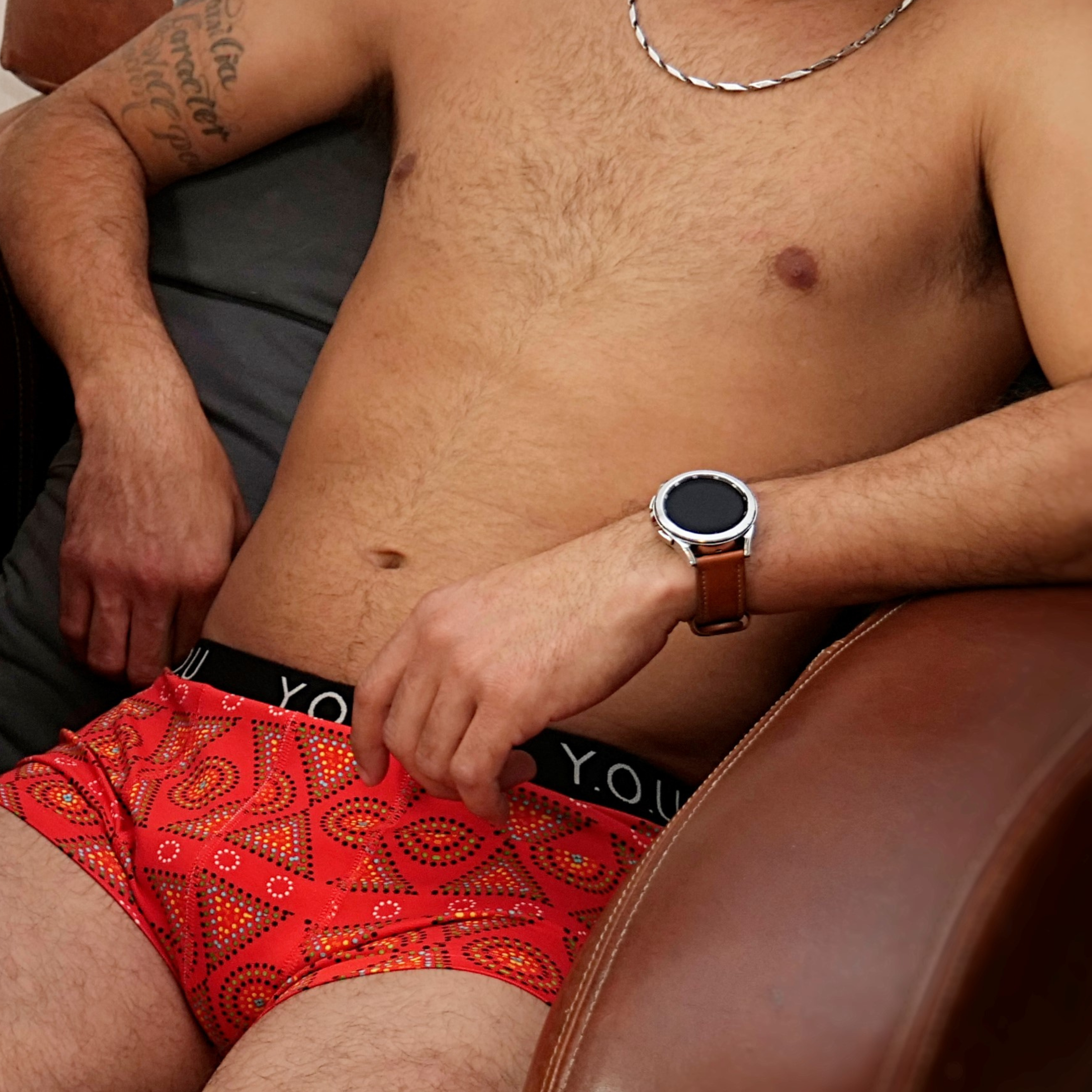

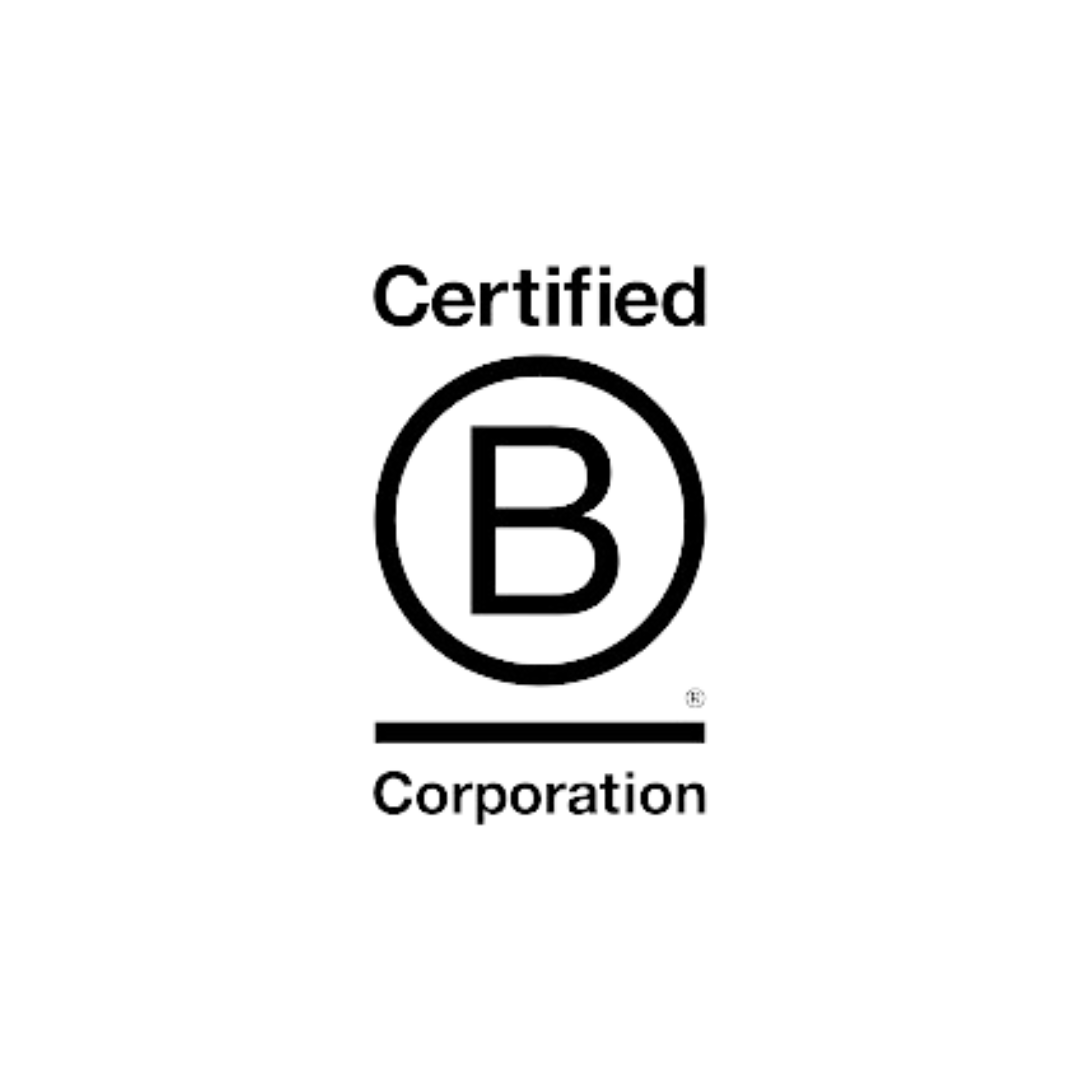
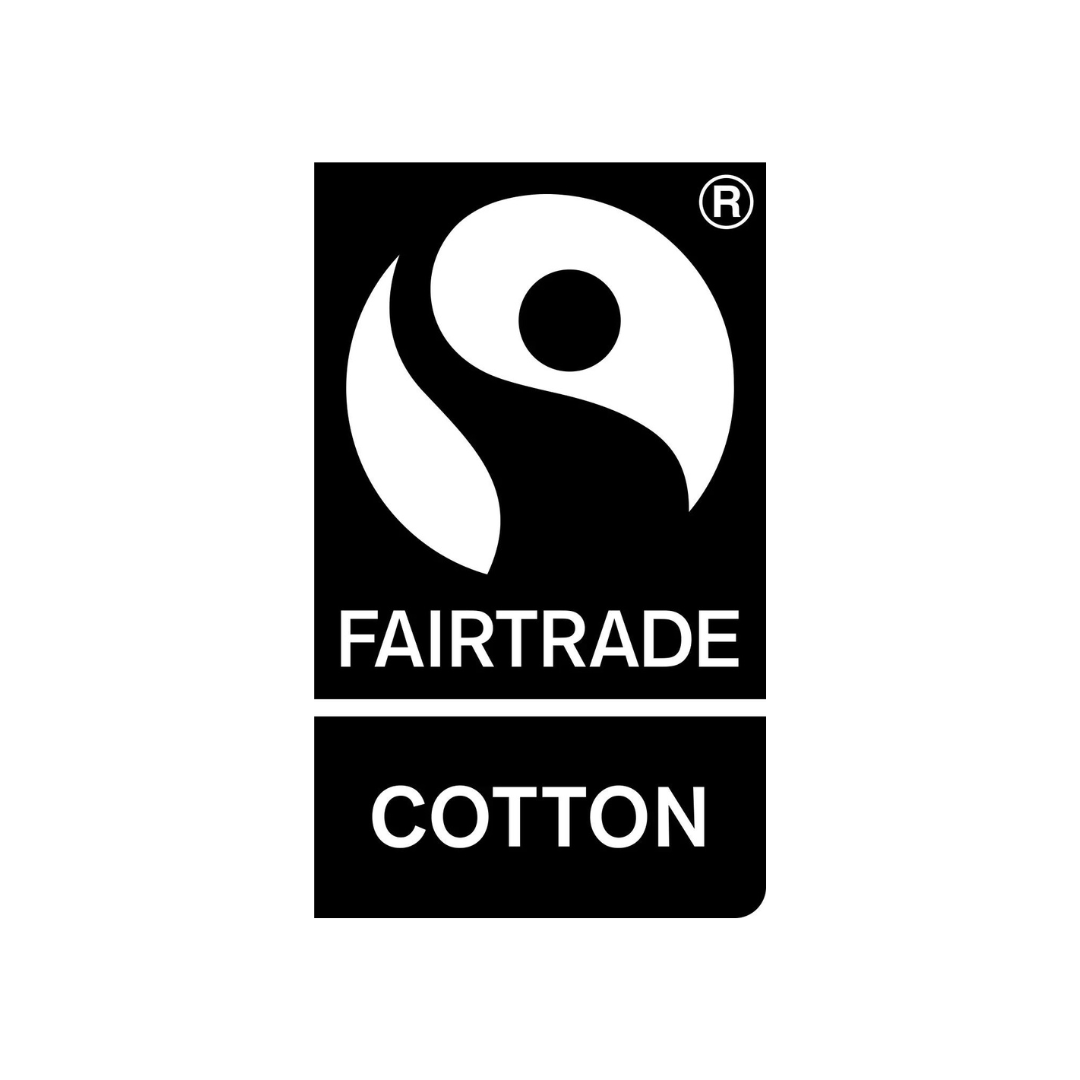
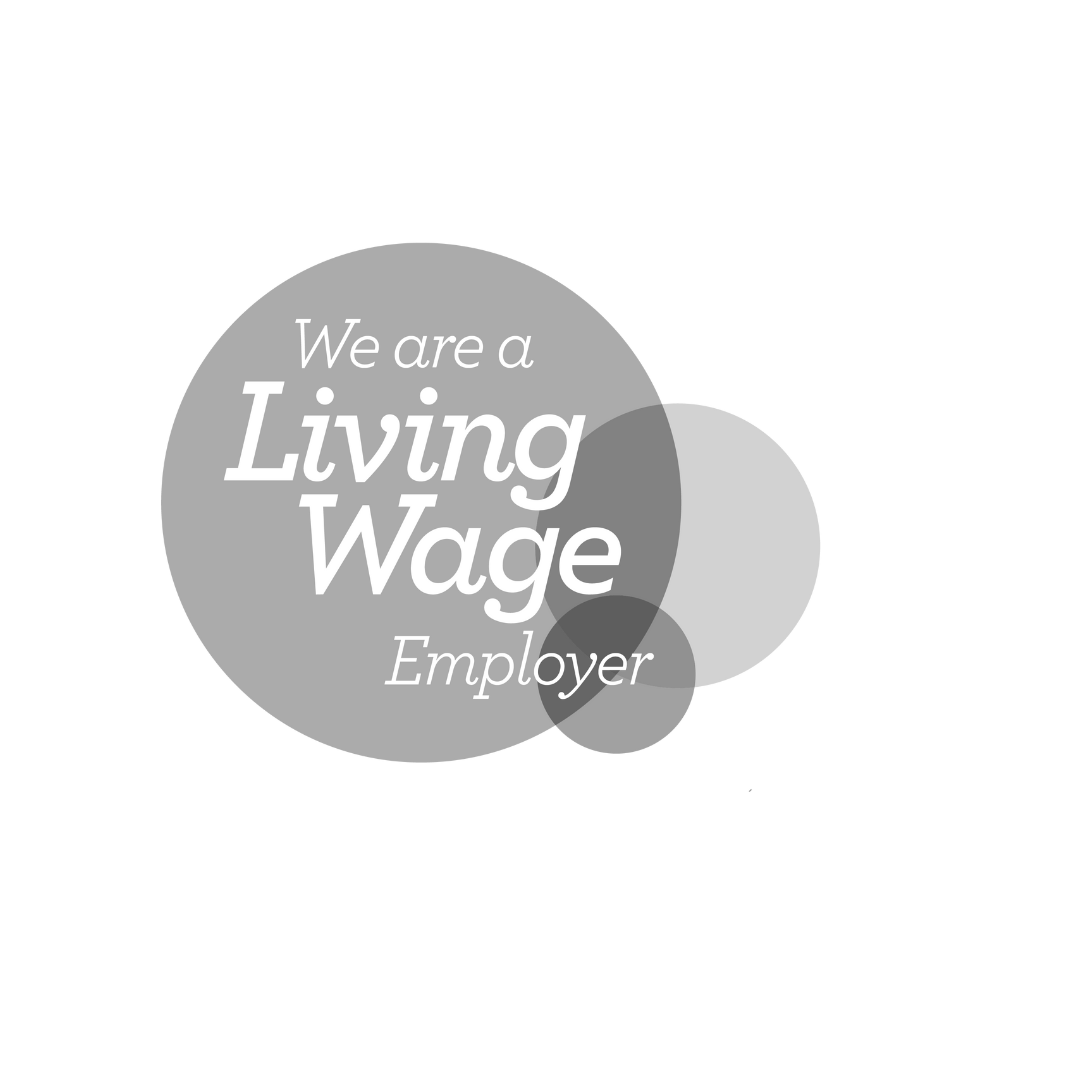



Leave a comment
This site is protected by hCaptcha and the hCaptcha Privacy Policy and Terms of Service apply.